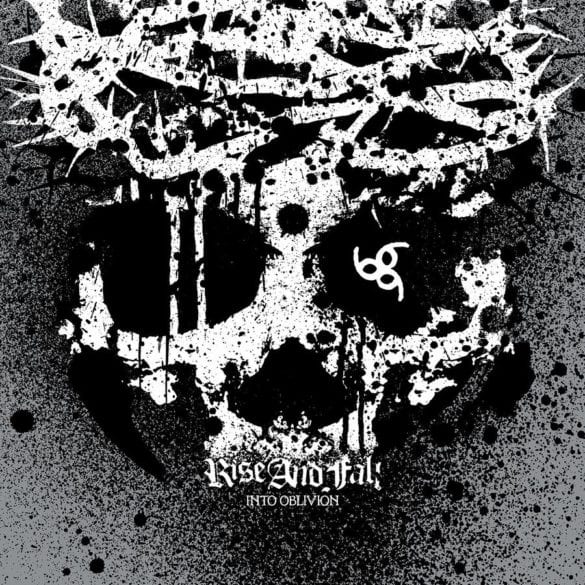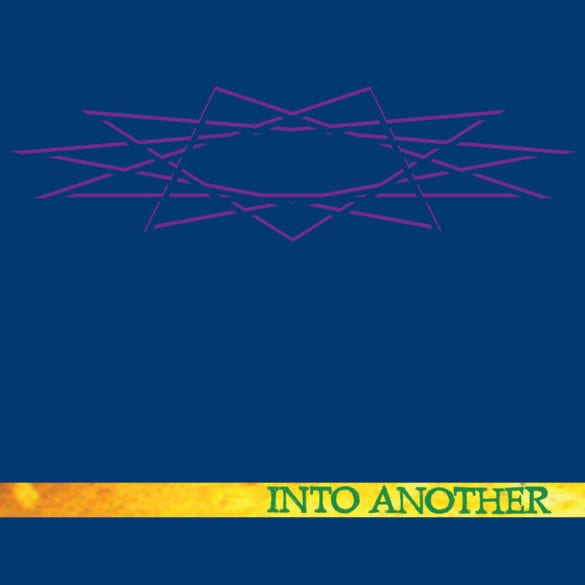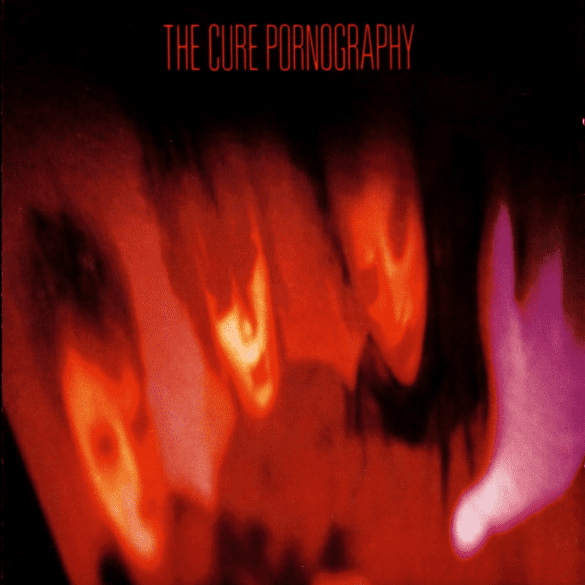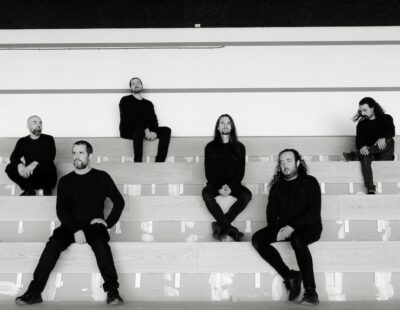
Belgian post-doom collective Amenra have quite a story to tell, and tell it we do in our July issue. The band—who released their new album, De Doorn, last Friday on Relapse Records—are no strangers to releasing massive, expansive, mind-opening music, but where does it come from?
Today, we pick guitarist Lennart Bossu’s brain to try to further make sense of it all by finding out what five heavy albums changed his life. Read on to see how, for Bossu, inspiration comes from everywhere, and heaviness goes beyond loud guitars and screaming vocals.

Metallica – Ride the Lightning (1984)
I would have loved to be able to claim that a slightly less obvious band, like Celtic Frost or Suicidal Tendencies, got me into heavy music, but alas. As for so many people of my generation—the kids who hit puberty in the early ’90s—it was MTV force-feeding Black Album-era Metallica down my 11-year-old throat that I have to thank/blame for this. The Black Album’s hooky choruses caught my attention, but what really and definitively sold me on metal was Ride the Lightning, with its more adventurous and exciting song structures, culminating in the superb trip that is “The Call of Ktulu.” So many classic Metallica tracks are on here, and even the ones that are maybe a bit less known are still great. It opened the door for me to discover and enjoy the others of the big four thrash metal bands. These days I barely, if ever, listen to Metallica anymore, but I don’t even need to: these songs are so ingrained in my DNA and have been a huge formative element of my guitar playing. One band that reminded me a bit of this era of Metallica was the Texas band Iron Age on their 2009 album The Sleeping Eye. Without doing some sort of retro thing they used that Lightningtype of riffing to create heavy, adventurous thrash metal at its finest.

Death – Symbolic (1995)
What can a teenager do who has gone through all of the thrash metal he could get his hands on? Look for something more extreme! The drummer of my very first band lent me this CD, and my mind was blown by how this was both so aggressive and precise at the same time. Both the guitar playing and the sound impacted me deeply, and in my young mind Morrisound Recording Studios became some otherworldly tone Valhalla. I think this type of well-produced death metal was a perfect gateway for me to other bands in the genre who wielded a more blunt axe, like Entombed or Obituary. I will never forget my bewilderment when I saw that Death were playing a rather limited capacity venue 10 minutes from my home a couple of years later on the The Sound of Perseverance tour, and I still consider myself very lucky to have been able to catch them live.

Rise and Fall – Into Oblivion (2005)
When I got into hardcore in the mid-’90s, the Belgian scene was dominated by metallic-sounding straight edge bands. This was right up my alley, as at the time I identified with both the ideology and the sounds that were very much influenced by American bands such as Ringworm and Integrity, owing in equal parts to punk and metal. There were some interesting Belgian bands united in what we called the “H8000 crew,” and seeing these bands perform from up close every weekend, and taking part in it with my own bands, has definitely been an experience that has given my life a sense of direction. It took until Rise and Fall’s 2005 Into Oblivion, though, for me to fully realize what can happen when a local hardcore band decides to put all their creativity, focus and dedication toward one goal: creating a perfect punk metal album. Judging by their ubiquity across the globe in the years that followed this release, I can’t [help] but conclude that they succeeded.

Into Another – Into Another (1991)
In the pre-internet age, a record label meant a lot more to the listener than it does now. Oftentimes there wouldn’t be a way of checking out if you actually even liked a certain band before buying their album, so the label used to be a huge indicator for what to expect. That’s why I was trying to get my hands on as many Revelation Records releases as possible and at some point in ’96 Into Another’s self-titled LP came into my possession. Now, this was clearly a case of things NOT sounding as expected. Instead of youth crew hardcore, what I found was this weird type of heavy metal that to this day I struggle to describe. The voice is unique and the songs and riffs have this amazing flow that I suspect comes from talented musicians being in perfect symbiosis with each other. Their later output is equally great to me, but unfortunately the band disbanded around the time I discovered them and I’ve never gotten the chance to see them live. Into Another has always had a certain level of enigma to me, as their guitarist is clearly a musical genius, but I’ve never found any music from possible later bands he might have done.

The Cure – Pornography (1982)
No really heavy distorted guitars to be found here, but to me the early The Cure albums, with their sparse instrumentation, exude a sense of bleakness and hopelessness that can be just as crushing. I had various older siblings who were playing this stuff around the house a lot as I grew up, and this is definitely one of those albums that left its marks on me. And for people who can’t do without the heavy distorted guitars: a couple of years ago Damnation A.D. paid tribute to Pornography by doing cover versions of this entire album. Definitely worth checking out!







